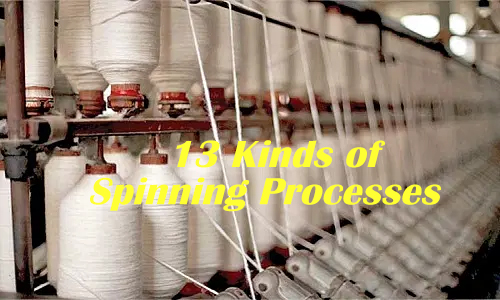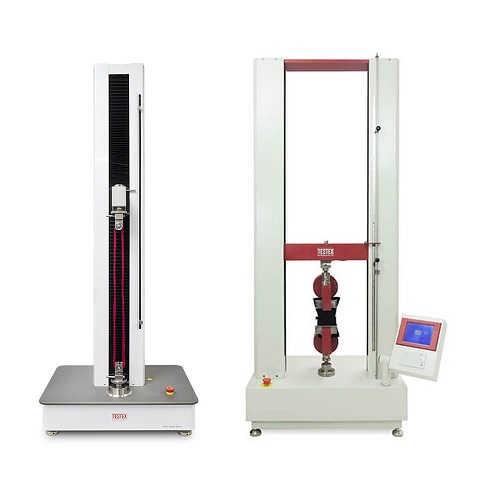The properties of textile fibers refer to the physical, chemical, and structural properties of fiber materials.…
What you should Know in Cotton Purchase – Quality Inspection of Lint
The difference between the seed cotton and the lint
Picked from cotton plants by artificial or machine, cotton fibers have not yet been separated from cottonseed, which without any processing are called “seed cotton”. Ginning the seed cotton, cotton seeds and cotton fibers are obtained, the cotton fibers here are called “lint”. In general, cotton is the lint.
Demand for cotton purchase
We need to have a general test on the quality of the seed cotton when buying seed cotton, especially in a large number of acquisitions, so as to get the cotton fiber that meets the requirements of production and ensure the smooth progress of the later textile processing. Lint percentage, moisture regain and impurity rate are the main factors of testing quality. First of all, we should clear a problem: When the seed cotton is bought, the impurity rate is for the seed cotton, the moisture regain is for the cotton, and the rate of clothing is calculated.
Lint percentage, the proportion of lint in seed cotton per unit mass and expressed in percentages, so it is called lint percentage. For example, under normal circumstances, the lint percentage of cotton is 33% – 40%, referring to the production of 33 to 40 kilograms of lint requires 100 kilograms of seed cotton. Because of the certain moisture and impurities in the seed cotton, whether the moisture and the weight of impurities are taken into account in the calculation, the lint percentage can be divided into two kinds: the rate of the public and the weight of the weight.
Moisture regain and moisture content of lint cotton: Moisture regain refers to the ratio of water weight to dry cotton weight in wet cotton. Moisture content refers to the proportion of wet weight and wet cotton weight in wet cotton. The lint sample is weighed first and then processed by the moisture analyzer to get the moisture weight of lint and carry it into the corresponding numerical calculation. It is easy to see from the definition that we can calculate another kind of moisture as long as we know the moisture regain or moisture content.
The impurity rate refers to the proportion of nonhazardous materials such as sand, branches and leaves, soft seeds and epidermis in cotton.
So how do we know these three data when we buy seed cotton? First, we can use a cotton trash analyzer, the seed cotton samples can be separated into three parts of cotton, cottonseed, and large particle garbage, then weighed respectively, and calculated the impurity rate. Secondly, we use a saw gin floor-type, get the actual production of the lint samples, put the lint samples into the moisture analyzer, get the moisture content and calculate the moisture regain or moisture content of the cotton. Finally, the lint percentage is calculated through seed cotton weight and lint weight. Here we have a general understanding of the quality of cotton.
Of course, the use of cotton fiber is very extensive, and there are different requirements for the quality of cotton fiber. How to make effective and reasonable production arrangements according to the quality of cotton fibers requires a more detailed and thorough understanding of the density, fineness, and length of cotton fibers. We will continue to update our textile knowledge in the blog and expect your attention.
This Post Has 2 Comments
Leave a Reply
You must be logged in to post a comment.




Well expressed for checking on cotton quality
Well expressed